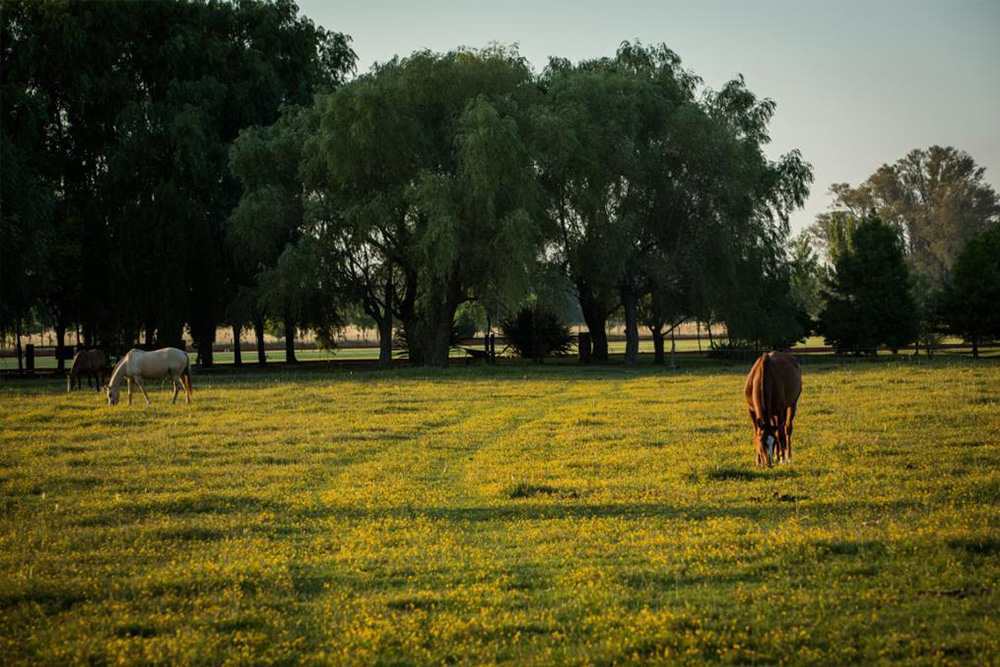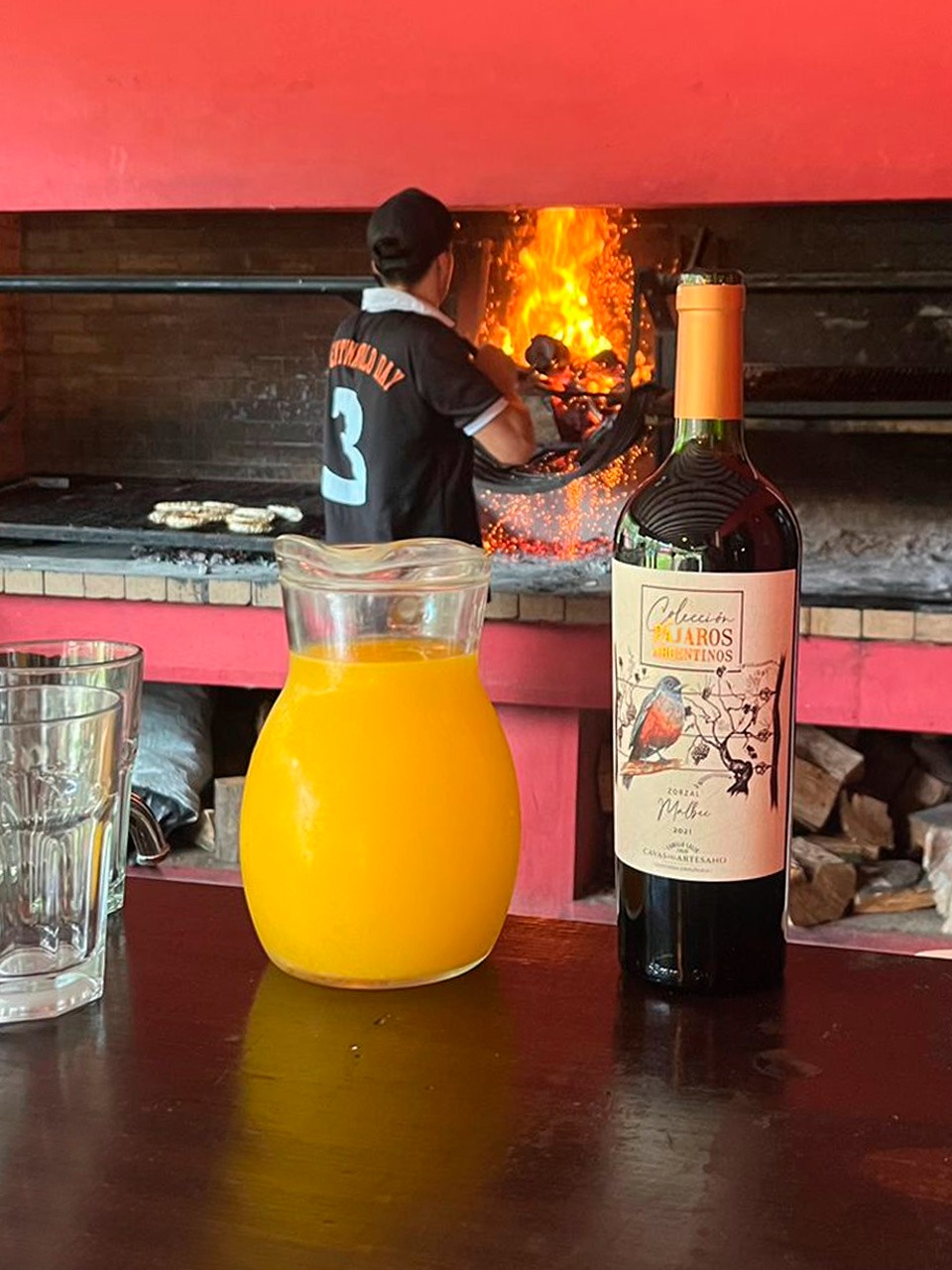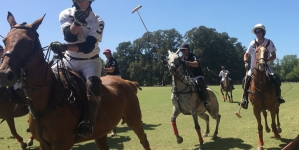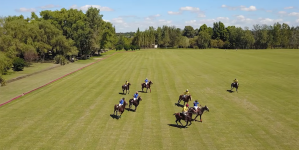-
Argentina Polo Day: Líderes Globales en Sostenibilidad y Acción Corporativa - 1 día hace
-
Why is the average Argentinian polo player better than International players? - 16 abril, 2024
-
Acuerdo de Cooperación entre Argentina Polo Day y Bodega Cavas del Artesano - 4 abril, 2024
-
Basic things you should know before watching a polo match - 24 enero, 2024
-
Polo Travel Agency: Your Tailored Polo Holidays in Argentina - 14 noviembre, 2023
-
Argentina Polo Day en la Feria Internacional de Turismo (FIT) de 2023 - 5 octubre, 2023
-
Polo Horses Key Facts - 2 octubre, 2023
-
Polo: El Juego Perfecto para Fomentar el Team Building - 26 septiembre, 2023
-
La sostenibilidad: el futuro del turismo - 7 septiembre, 2023
-
El Arte de los Eventos Corporativos: Descubre la Elegancia y Emoción en las Estancias de Polo - 4 septiembre, 2023
FACE TO FACE: A FARRIER TELLS US THE SECRETS OF THE TRADE
Santiago Jaramillo Parra is a polo horse farrier, a job that combines equal doses of observation, craft and a love for horses. We invite you to read the interview we had with him and learn the secrets of an important business in the world of polo.
Why do you shoe a polo horse and how many times do you have to change their shoes?
SPJ: Every horse which carries weight on his back and is intended for some kind of work should be shod in order to provide protection to their spleens and prevent chafing.
In the case of the polo ponies, in addition to the aforementioned, it is also done to improve traction or grip on the polo field, providing protection not only to the rider but also optimizing the performance of the horse during the game. The shoes are also essential for training active polo horses, because the practice courts have abrasive surfaces that wear down the spleens when they are worked daily and is as if horses were barefoot.
The period between each change of shoes goes from 40 to 45 days, depending on variables such as the growth of the spleen in each animal, or the wear of the shoes, to mention but a few.
Do different types of horse shoeing Exist? And what are the differences?
SPJ: Yes, there is a whole universe to horse shoes and can be differentiated in several ways: by the material they are made of (aluminum, iron, rubber, silicones), the sport for which they will be used (polo, jumping, racing, endurance, dressage), therapeutic (heart, round, onion, rock & roll). Therefore, they differ in size, thickness, shape, material, and according to the purpose for which they are to be used as in the case of therapeutic, they can in turn be divided into orthopedic cases (corrective or comfort) , and the rest.

What is the difference between a normal horse shoe and a polo horse shoe?
SPJ: While the hardware is the same for horses of all disciplines, each activity has different requirements for the final result. The polo horse shoe needs to provide comfort, but which in turn ensures that the shoes will not become an obstacle to the game, and hence diminishing the performance of the horse. Speaking of obstacles I mean the horse will not start with the same shoes as away from the polo field.
What do you have to take into account when shoeing a polo horse?
SPJ: The polo pony needs a ‘made to measure’ shoe made with precision to prevent the shoes being too small, and which can result in pain and subsequent injuries. By contrast, horse shoes which are too big, as I said before, can result in the animal with torn ligaments in play or training.
Also, one should take into account individual needs for every horse, particularly in so far as it adds minutes.
What is the most important quality that one has to have as a polo farrier?
SPJ: I would say without doubt, it is observation, because its with this that you can get results. A farrier manages to find solutions to horses with some kind of problem, like lameness, lacerations, or different behaviors, to name but a few.
What do you like most about your work?
SPJ: I can see how through fitting shoes, I can provide a better quality of life to each particular horse. I love watching the evolution of horses which came to me with problems arising from playing polo and then afterwards they go on to the field without these difficulties. That’s really rewarding for me.























